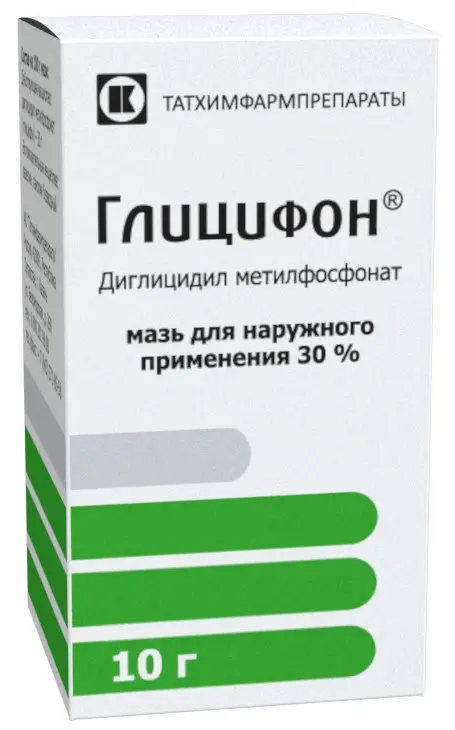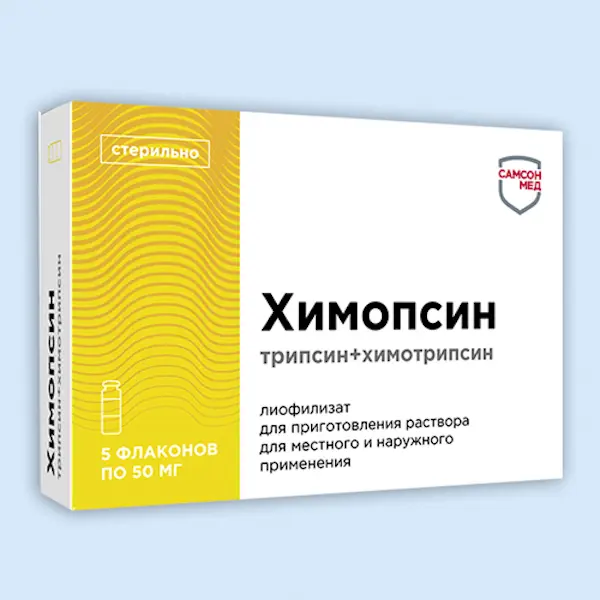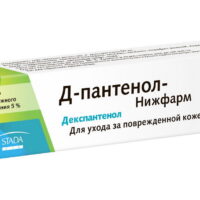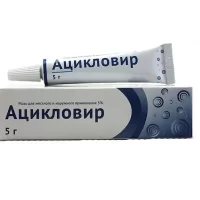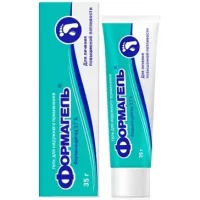Description
Glyciphone Pharmacodynamics
It has cytostatic, antitumor and antimicrobial action. It exhibits contact action in tumors and pre-tumor skin diseases, selectively inhibits metabolism in blastomatically altered cells, which is explained by antimitotic action, especially pronounced in acidic environment of tumor tissue.
Glyciphone decreases the proliferative pool, inhibits DNA synthesis, affects all periods of the mitotic cycle, causing blocks of varying depth and duration and most of all inhibiting cells in G1 and M phases, as well as G2.
On tissue cultures the drug exerts selective cytotoxic effect on tumor cells, causing deep dystrophic changes in them accompanied by reduction of nucleic acids and suppression of redox enzymes activity, as well as suppressing entry of cells into mitosis and inducing various abnormalities of their division.
Indications
– Squamous cell skin cancer stage 1;
– Basaliomas (including recurrences after surgical or radiation treatment);
– Boven’s disease;
– Senile keratoses.
Contraindications
Hypersensitivity to the components of the drug, pregnancy, breast-feeding, children’s age.
With caution
Apply with caution to the skin areas adjacent to the periorbital area. Avoid getting the drug into the eyes.
Using during pregnancy and breast-feeding
The drug is contraindicated when pregnant and during breast feeding.
Dosage and administration method
- Outwardly. The skin in the area of tumor or keratosis growth is wiped with a tampon dipped in alcohol, then 0.8-2 grams of ointment (depending on the size of the focus) is applied under a gauze napkin and fixed with plaster. With each dressing the focus and surrounding skin are wiped with alcohol and necrotic tissue is removed. The ointment is applied once a day (up to 24 hours) until complete destruction of tumor tissue.
- Treatment duration is determined by the localization and size of the tumor. When treating recurrent tumors, small nodular forms of basalidomas in the forehead and nose area, 15-20 applications are made; when treating ulcerative forms, superficial basalidomas and Boven’s disease, 10-15 applications are made; when treating senile keratomas, 5-10 applications are made. After treatment completion, aseptic dressings with regenerating agents are applied daily to the formed defect until complete scarring.
- Completeness of treatment is established by cytological examination.

